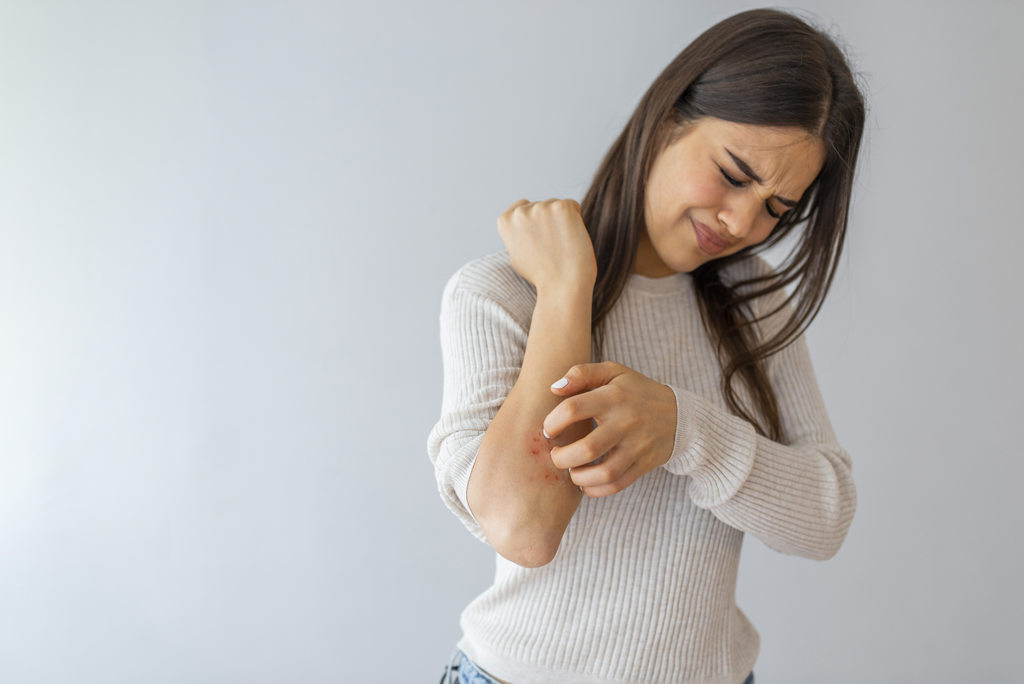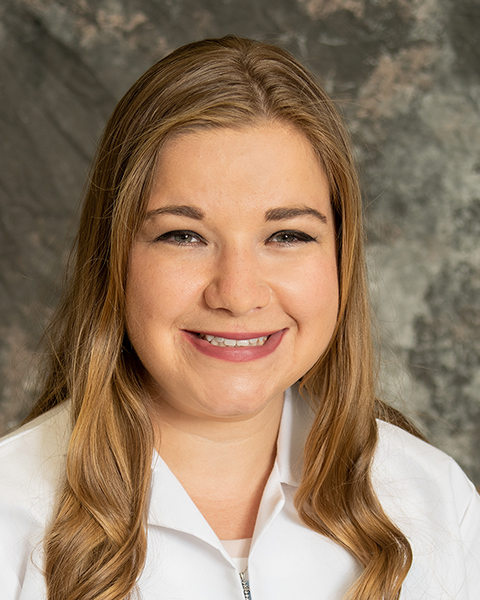
What is Psoriasis?
More than 7.5 million Americans are affected by psoriasis, a chronic skin disorder that causes skin to form a rash of thick, red patches with white scales.
“Psoriasis is an autoimmune disease that causes skin cells to replicate much faster than normal,” said Zoe D. Hawkins, DO, a physician with Penn Highlands Family Medicine in St. Marys, PA. “This results in a buildup of bumpy white and red patches on the skin. In most cases, they usually appear in just a few areas, but they can cover large areas of the body in severe cases, she added.”
What causes psoriasis?
While there is no known cause of psoriasis, scientists believe it occurs when something in the immune system malfunctions, triggering new skin cells to form before old cells are discarded. Skin cells are usually replaced every 10 to 30 days, but with psoriasis new cells grow every three to four days, causing a buildup of old cells.
“Psoriasis usually appears in early adulthood, but it can appear at any age and in any gender and race,” said John A. Holets, MD, a physician with Penn Highlands Family Medicine in Monongahela, PA and President of the Penn Highlands Mon Valley Medical Staff. “It often runs in families, but it may skip generations. And, it’s important to know that psoriasis is not contagious. You cannot catch it from another person.”
What are the symptoms?
An outbreak of psoriasis may be caused by cuts, scrapes, stress, strep infections or some medications, and symptoms of an outbreak may include:
- Plaques of red skin, often covered with silver scales
- Patches can form anywhere but are most commonly found on the knees, elbows, scalp, lower back, face, palms and soles of feet
- Affected areas may be itchy and painful and may crack or bleed
- Discoloration of the fingernails and toenails
- Nails that detach or crumble from the nail bed
- Plaques of scales or crust on the scalp
How is psoriasis treated?
Unfortunately, there is no cure for psoriasis, but there are many treatments available. Medications can slow the growth of new skin cells and relieve the itching and dry skin. Each person’s treatment plan is based on the size of the rash, the location of the rash, age and overall health. Treatment plans for mild psoriasis may include steroid creams, moisturizers, coal tar (available in lotions, creams, foams, shampoos and bath solutions), vitamin D-based cream or ointment and retinoid creams.
In moderate to severe cases, a dermatologist may recommend light therapy, in which ultraviolet light on the skin slows the growth of new cells; biologic treatments that block the part of the immune system that is overactive; enzyme inhibitors; and other treatments.
What is psoriatic arthritis?
About 30% of people with psoriasis form a type of arthritis called psoriatic arthritis, also known as PsA. Psoriatic arthritis typically develops after the onset of psoriasis symptoms, but in some cases PsA can develop first. Symptoms include joint pain, swelling and stiffness, and it can affect any part of the body.
Like psoriasis, there is no cure for PsA, but there are treatments that help individuals manage the symptoms and prevent joint damage.
From skin conditions and immunizations to routine checkups, minor illnesses and chronic conditions, the Family Medicine physicians at Penn Highlands Healthcare provide care for the whole family. Clinics, health centers and physician offices are located throughout Northwestern/Central and Southwestern Pennsylvania. For more information or to find a provider near you, visit www.phhealthcare.org/familymedicine or www.monvalleyhospital.com.

